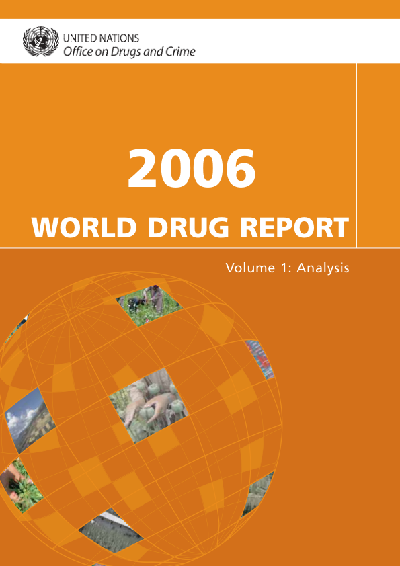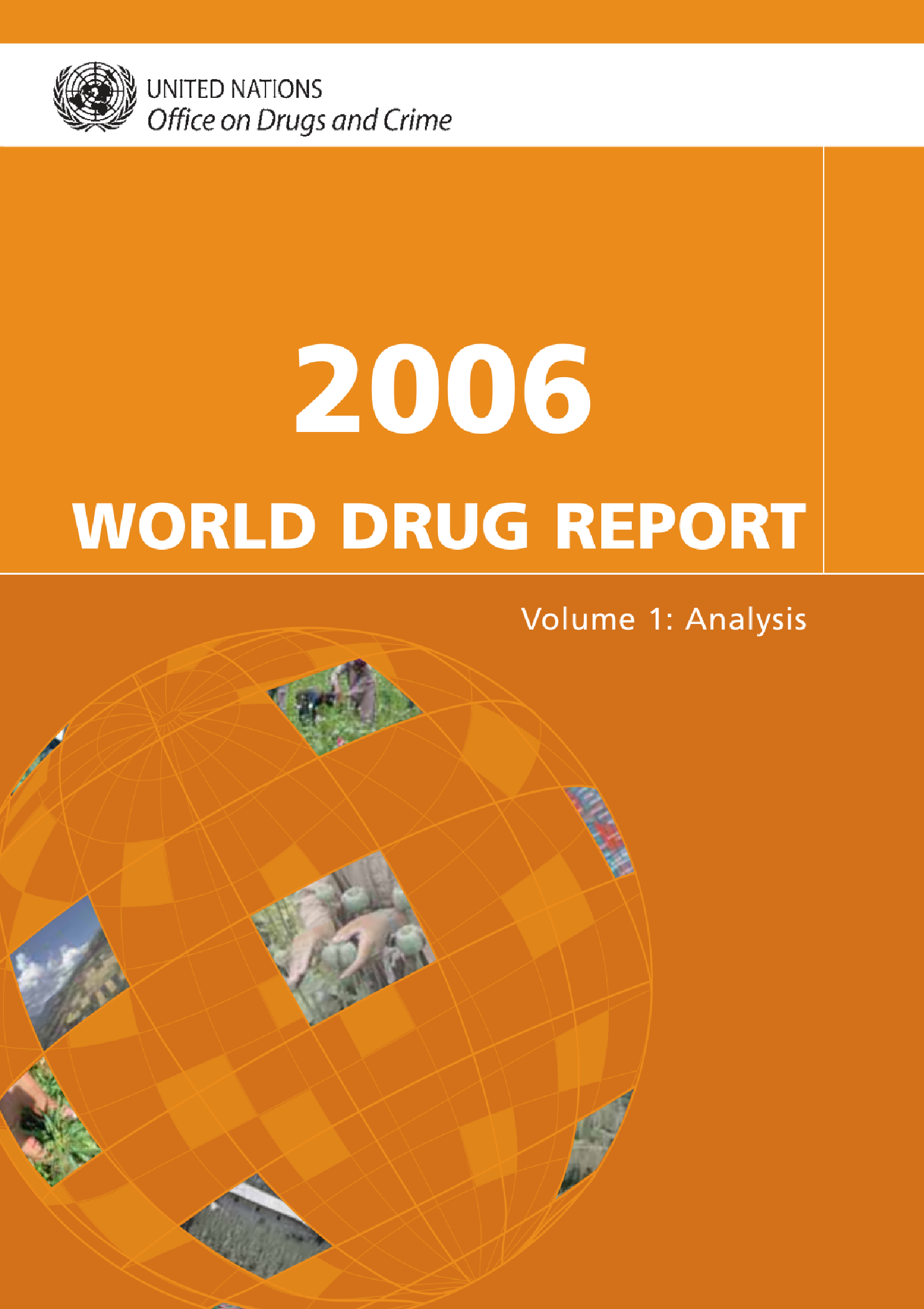



收藏
纠错
全面概述了阿片剂、可卡因、大麻、苯丙胺类兴奋剂和新型精神活性物质的供需情况及其对健康的影响。报告重点介绍了特定年龄和性别群体的不同吸毒模式和脆弱性,并分析了全球毒品市场的变化。
2006世界毒品报告第一卷(英文版) Such exasperation is understandable in the many communities where illicit drugs cause crimc,illness, violenceand death. Yet,worldwide statistical evidence points to a different reality: drug control is working and theworld drug problem is being contained. This is true whether we look over the long term or even just over the past few years.Humanity has enteredthe 218t century with much lower levels of drug cultivation and drug addiction than 100 years earlier. Evenmore importantly, in the past few years,worldwide efforts to reduce the threat posed by illicit drugs haveeffectively reversed a quarter-century-long rise in drug abuse that, if left unchecked,could have become aglobal pandemic. The illicit drug problem has three main elements: cultivation and production; trafficking and retailing; andconsumption and abuse. We do not know as much as we would like about the middle link of this chain asthe drug trade is notoriously hard to monitor.But, as this report shows, we do know a lot about the beginningand the end of the chain and can confidently make two points: (1) There is less land under coca and opiumcultivation today than a few years ago, and significantly less than a century ago;(2) The severity of drugaddiction has been contained. The number of addicts, especially those dependent on cocaine and heroin, hasdeclined massively over the last century and,worldwide,has remained stable in the past few years. Of course,the world drug control system is the sum of its parts and progress in one area can be offset byopposite trends elsewhere.Greater global success will depend on the commitment of all our societies to turncontainment of the drug problem into a sustained reduction - everywhere. We are not there yer. This World Drug Report demonstrates progress made in 2005, but also highlights some weak clements in theglobal drug control system - most notably heroin supply in Afghanistan, cocaine demand in Europe,andcannabis supplyldemand everywhere. The main trends can be summarized as follows. The world's supply of opium has shrunk, but in an unbalanced way. Within a few years,Asias notorious GoldenTriangle, once the world's narcotics epicentre, could become opium-free. But in Afghanistan, while the areaunder opium cultivation decreased in 2005, the country's drug situation remains vulnerable to reversal.Thiscould happen as early as 2006. 【更多详情,请下载:2006世界毒品报告第一卷(英文版)】
